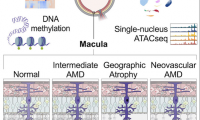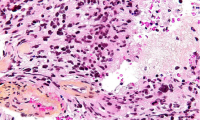-
New tool charts differentiation landscape of acute myeloid leukemia
- Source: drugdu
- 117
- April 26, 2023
-
NovaBay to introduce new cream for psoriasis
- Source: drugdu
- 112
- April 26, 2023
-
Embracing Personalization in Biopharma Patient Support Programs
- Source: drugdu
- 128
- April 26, 2023
-
After delay, Bluebird submits sickle cell gene therapy for FDA approval
- Source: drugdu
- 163
- April 26, 2023
-
Common ear, nose, and throat issues in preschoolers may be linked to later autism risk
- Source: drugdu
- 113
- April 26, 2023
-
Seasonal Variation in Thyroid Hormone TSH May Lead to Overprescribing
- Source: drugdu
- 124
- April 26, 2023
-
New study of age-related macular degeneration finds causal genes, dispels previous assumptions
- Source: drugdu
- 118
- April 26, 2023
-
Walnuts Linked to Improved Attention, Psychological Maturity in Teens
- Source: drugdu
- 108
- April 26, 2023
-
OTC Narcan will cost ‘less than $50’, company says
- Source: drugdu
- 108
- April 25, 2023
-
BullFrog AI , Sage Group partner to develop oncology assets
- Source: drugdu
- 113
- April 25, 2023
your submission has already been received.
OK
Subscribe
Please enter a valid Email address!
Submit
The most relevant industry news & insight will be sent to you every two weeks.












